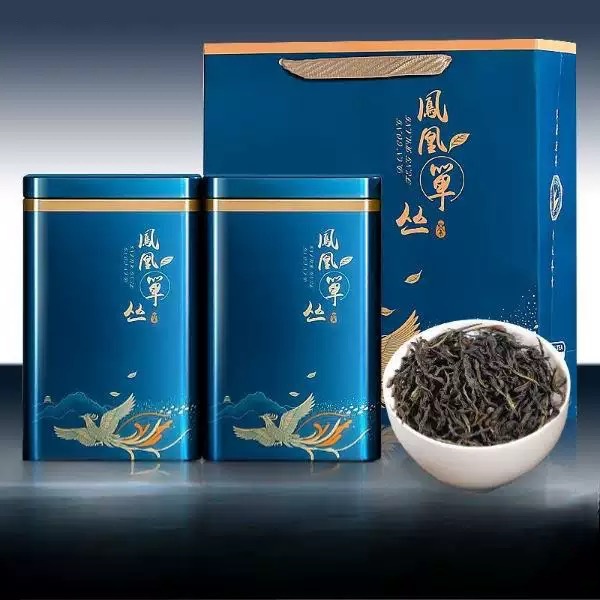
# The Cultural Significance of Oolong Tea in China
## Introduction to Oolong Tea
Oolong tea, known as “wūlóng chá” (乌龙茶) in Mandarin, holds a special place in Chinese culture. This partially oxidized tea bridges the gap between green and black teas, offering a unique flavor profile that has captivated tea enthusiasts for centuries.
## Historical Roots
The origins of oolong tea can be traced back to the Fujian province during the Ming Dynasty (1368-1644). Legend has it that the tea was named after its discoverer, Wu Liang, whose name gradually transformed into “wulong” (black dragon) due to the dark, twisted appearance of the tea leaves.
Regional Variations
China boasts several famous oolong-producing regions, each with distinct characteristics:
- Fujian Province – Home to Tieguanyin and Da Hong Pao varieties
- Guangdong Province – Famous for Phoenix Dancong oolongs
- Taiwan – Produces high-mountain oolongs like Dong Ding and Ali Shan
## Tea Ceremony Traditions
Oolong tea plays a central role in the traditional Chinese Gongfu tea ceremony. This elaborate preparation method emphasizes:
– Precise water temperature control
– Multiple short infusions
– Appreciation of aroma and flavor evolution
– Use of specialized Yixing clay teapots
## Cultural Symbolism
Beyond its delightful taste, oolong tea carries deep cultural meanings:
Keyword: Oolong Tea in Chinese Culture
Harmony – Represents the balance between oxidation levels in green and black teas
Perseverance – The multiple infusions symbolize endurance and gradual revelation of character
Social Connection – Sharing oolong tea fosters friendship and business relationships
## Modern Appreciation
Today, oolong tea continues to thrive in Chinese culture, enjoyed both in traditional settings and modern tea houses. Its health benefits and complex flavors have gained international recognition, yet it remains deeply rooted in Chinese heritage and daily life.